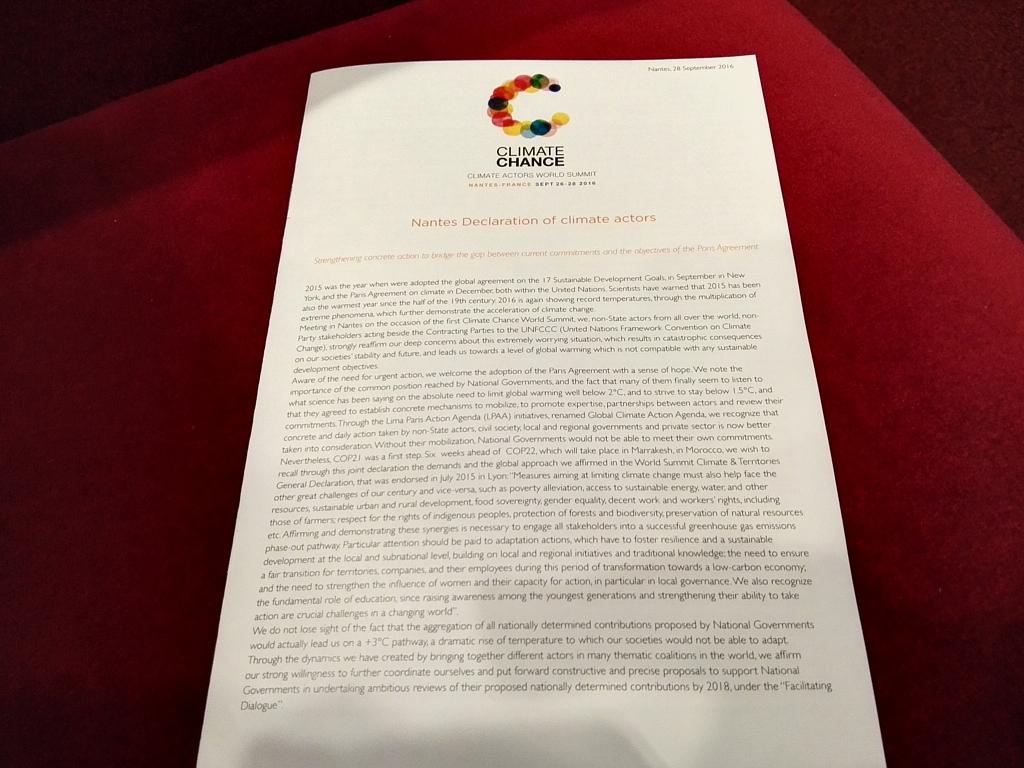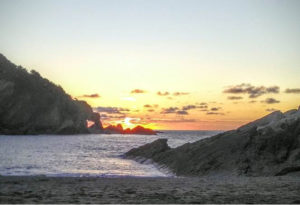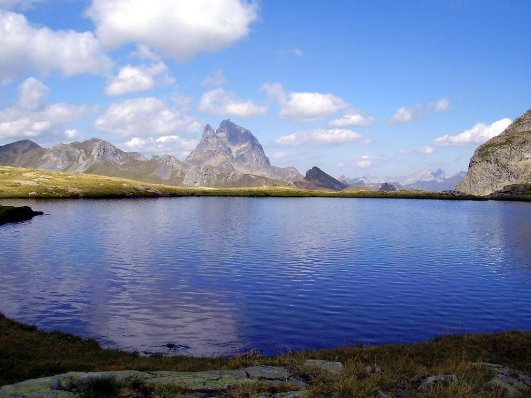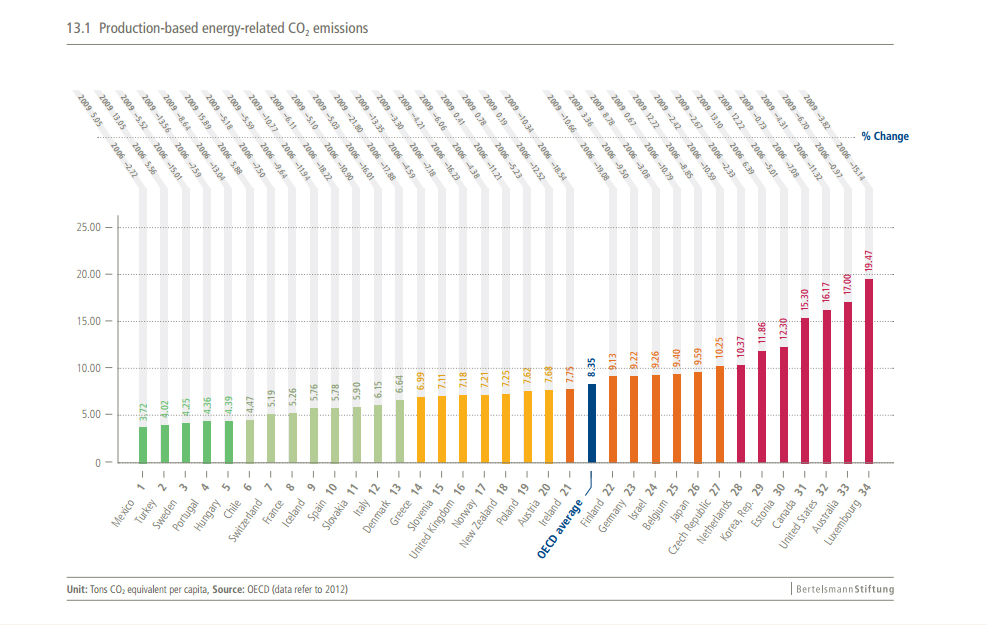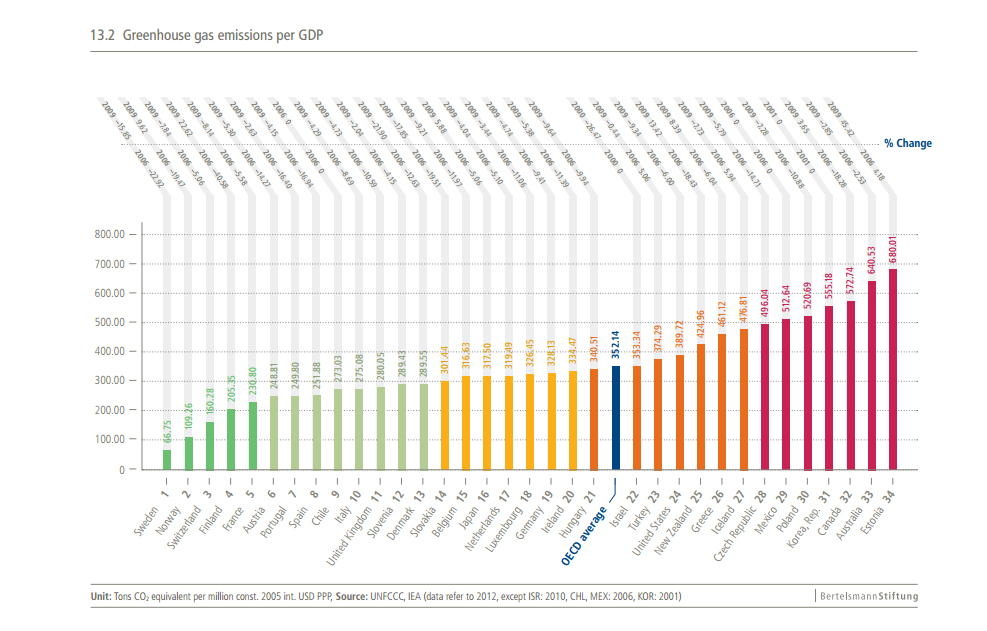Every local government needs to develop an Urban Conservation Emergency Evacuation Plan (#UCEEP) (.pdf-document for download here) (.pdf-Executive Summary for download here)
Dealing with a climate crisis has now gone planetary — Cities’ planners and policymakers must protect vulnerable citizens by having an Urban Conservation Emergency Evacuation Plan policy in place, for the outcome of the New Urban Agenda and monitored by the Sendai Framework, that is proven realistic in an actual emergency. Environment havoc in the footsteps of climate change require, for the first time, to mainstream local conservation against disasters in all relief planning…
Executive Summary
Paper on Urban Conservation Emergency Evacuation Plan (UCEEP 2.0)
The UCEEP (Safe #CitiinCiti) innovative project/initiative was realised with clarity that safeguarding, protection and shelter has overall the highest command in any emergency in relation to mass activities -> Climate Action response risk assessing urban resilience will by far have the most efficient adaptation/mitigation impact. Poor urban planning, lack of ecosystem restoration and short medium/long-term environment decisions are already affecting the human health globally.
‘A system of local conservation emergency evacuation urban craters, capturing rainwater will give a new town/city protection and balance megacities, second cities and their urban sprawl/spawn, it might even be a supportive link between the city and it’s green belt definition. Cooling carbon sinks against urban heat waves and balancing micro climates with positive green outcome can generate many health and safety benefits at the same time offer shelter and protection to its area districts.’
Regional offices, local governments, planners and policy makers must protect vulnerable citizens by having an ”Urban Conservation Emergency Evacuation Plan” policy in place, proven to be realistic in an actual emergency, when implementing our global frameworks. E.g. unavoidable human-made hazards which are related to our changing climate (climate-induced disaster). How can we ensure necessary mitigation/adaptation planning documentation is up-to-date? Key words Decarbonisation – Biodiversity – Greenfield land and Natural space Water resources and Air quality – Climate change – Public space Social inclusion and Integration – Restoration.
The creation UCEEP paper become clear when the 2015/16 when five globally binding agreements came in place changing the world agenda delivering to the Agenda 2030, the Global Goals; these are;
- The Sendai Framework for Disaster Risk Reduction (DRR) – June 2015
- The Addis Ababa Action Agenda (AAAA) of the agreement Financing for Development. A global framework for financing development – July 2015
- The Sustainable Development Goals (SDGs) – September 2015
- The Paris climate agreement (PA) is an agreement within the United Nations Framework Convention on Climate Change (UNFCCC) – Dec. 2015
- The New Urban Agenda (NUA), which will serve as a guideline for sustainable urban development for the next eighteen years – October 2016 http://nua.unhabitat.org/list1.htm#
The aim of a second draft UCEEP 2.0 paper is to equip member states with a state-of-art emergency solution, CO2lution if you so like.
An URBAN CONSERVATION EMERGENCY EVACUATION PLAN (UCEEP) is a physical cradle for the Global Goals. First and foremost an UCEEP provides protection and shelter to urban residents, it’s assets and urban environment. Secondary on medium-term building on the Sustainable Development Goals, investing in the UCEEP a scalable multi-function CO2lution will generate long-term health and well-being to the people and the planet.
Considering general emergency policies of the national government a second draft UCEEP to compliment the 2030 agenda, for urban settlement equipped with detailed evacuation plans for facilitating and handling climate crisis as seen daily in every continent on the planet. On the work of Climate Ambition with Governments and Stakeholders; Non-state actor’s, Multi-actor’s governance and Multi-stakeholders’ platforms; What role can regional partners play to bridge the national implementation agenda with the global guiding principles and frameworks? How can nations synergise and harness efforts to protect and offer urban preparedness to urban hazardous-zones and at what level?
United Nations expressed in report the urgency of implementation of the SDGs together with the New Urban Agenda. To embed an Urban Conservation Emergency Evacuation Plan (UCEEP) policy in place on the international agenda is a transformative change in urban risk-behaviour.
– First, give evidence that disaster risk assessment in every action will support mitigation efforts and further generate understanding and positive impact of carbon and methane reductions to help increase the ambition of states Nationally Determined Contributions (NDCs) by 2020. UCEEP to protect, restore and promote sustainable use of urban ecosystems?
Climate Disaster Action CO2lutions to Sustainable Cities and Communities in partnership “Making Cities Resilient” to achieve the goals. Well-designed urban growth, in e.g. urban regeneration and disaster risk management adaption with Urban Conservation Emergency Evacuation Planning is a way forward; We need an operative Climate Action Agenda Foster implementation – Citizens integration in practice Hi policy level endorsement Monitoring minimal criteria Identify capacity overlaps for implementation – pressure points Green force new sectors Attention to biology and ecology knowledge / Millennials Eco-implementors? Great big product moving in on direction Data visibility Learning from taking stock ~ “Protect, restore and promote sustainable use of terrestrial ecosystems, sustainably manage forests, combat desertification, and halt and reverse land degradation and halt biodiversity loss”.
An UCCEP will offer each one protection in urban safe-zones while empowering people and offer to everyone a place where one genuine feel inclusiveness and equality (as part of something bigger). Any successful realistic UCEEP will require regular effectiveness drills. Can you imagine a physical place doing good for humanity and at the same time healing the urban/natural environment… ?
The main purpose with the second draft UCEEP paper is to fast-track Agenda 2030, at the same time slow carbon emissions and protect urban vulnerable people from disaster, support business contingency with the UCEEP concept “Safe CitiinCiti” all in one transferable Multipurpose Conservation CO2lution.
The UCEEP concept is set for development and is looking for “Declaration of interest” from new state/non-state actors to form a universal multi-partnership for Disaster “Safe CitiinCiti” CO2lutions.
The UCEEP paper has as a concept been recognised by several global organisation, leaders, scientists, politicians, from the global climate change action (CCA) agenda, the disaster preparedness community (disaster risk reduction (DRR)), SDG stakeholders, World Urban Forum etc. 2019 is momentum for change, support creation for a Global UCEEP Standard. Looking at CO2lutions globally, you might save $$$ in any other cases, the point really is that investing… Investing in resilience always pays. Mobilise finance for skills enhancement, technology transfer and demonstrations to put in place the tools needed for early warning systems, preparedness, risk-informed development planning and better use of natural resources for sustainable energy practices.
Climate Change Centre Reading, UK
(Civil Society/Non-profit organisation. Project/initiative to take place inside and outside the European Union.)
#APAN2018 #UR2018 #90drills #ThisIsZeroHour #UCEEP #iddr2018 #SendaiFramework #Disaster #Storm #ClimateAction #climatechange #planning #climate #urban #cities #globalization #resiliency #urbanplanning #drilling #urbandesign #placemaking #urbanism #urbanization #urbanagriculture #storms #announcements #urbangardening #googling #urbanecology #urbanforestry #urbangeography #rdguk #co2lutions #climateambition #sdgdrr #sdg18 #undevelopment #globalisation #rdg #clties4climate #rdgnews #globalgoals #haemorrhagingdisaster #urbanisation #howto
#ConservationAction #LandStewardship #TalanoaDialogue #GCAS2018 #CitiesIPCC #COP24 #FutureofPlaces #Greenbelt #DRR
#Placemaking #COP21 #COP22 #COP23 #UrbanAction #Habitat3 #NewUrbanAgenda #PublicSpace
#WUC #TheFutureWeWant #TheCityWeNeed #UrbanSDG #UrbanAction #UrbanThinkers #NetZero
#Youngplacemakers #Roadmap2030 #ClimateAction #Vulnerability #Planetary #SDG11 #Listen2Cities
#NoCountryAlone #NewUrbanGovernance #NAZCAportal #UNEA2 #Cities4Climate #G7EMM
#Listen2Cities #SB48Bonn #SB44 #APA1 #Bonn #Pre2020Action #C40Award #AOSIS #GUANXI
#ClimateAction #UNEA2 #NewUrbanGovernance #Cities4Climate #FortMacFire #yeg #ymmfire #NAZCAportal #climatechance






